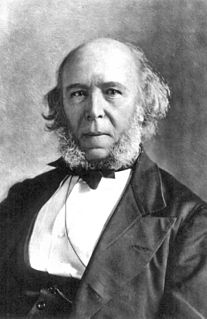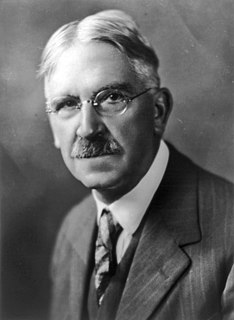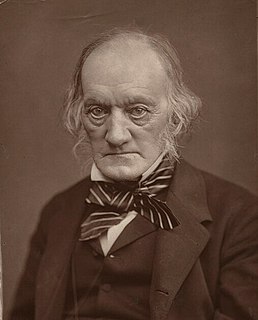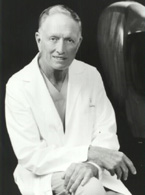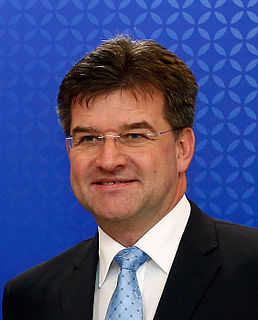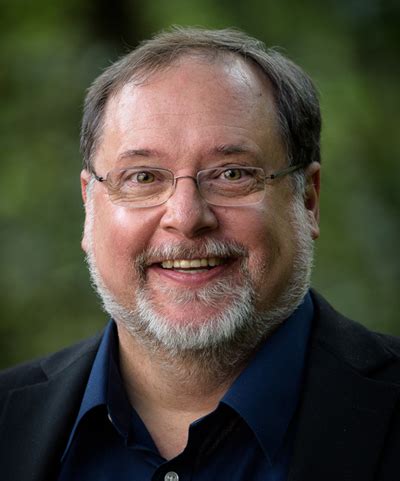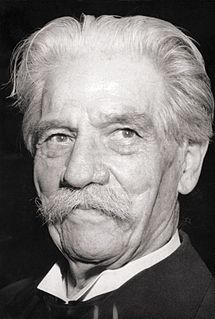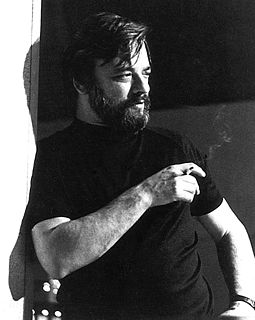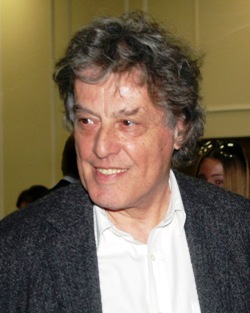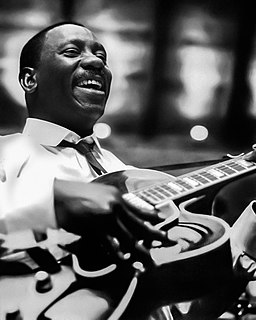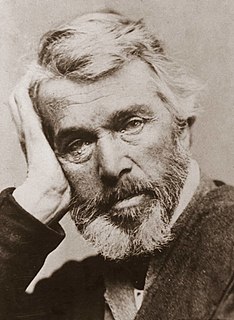A Quote by Herbert Spencer
A function to each organ, and each organ to its own function, is the law of all organization.
Related Quotes
If the eyes are open and there is light, seeing occurs; the stimulus is but a condition of the fulfillment of the proper function of the organ, not an outside interruption. To some extent, then, all direction or control is a guiding of activity to its own end; it is an assistance in doing fully what some organ is already tending to do.
[The heart is] really a fascinating organ. It's about the only organ in the body that you can really witness its function. Doing things. And so on. Some of the other organs you can witness, like the intestines, will have this sort of peristaltic motion. But nothing that can compare with the activity of the human heart.
There are estimates that we daily walked for 10 - 20 kilometers for hundreds of thousands of years. The world's best problem solving machinery grew up under conditions of consistent, strenuous physical activity. It makes sense that when we don't recreate the environments in which the organ was forged, we get a loss of function. And that when we do restore those environments, we get that function back. The effects of aerobic exercise on executive function skills is a powerful empirical example of this idea.
I didn’t hear words that were accurate, much less prideful. For example, I never once heard the word clitoris. It would be years before I learned that females possessed the only organ in the human body with no function than to feel pleasure. (If such an organ were unique to the male body, can you imagine how much we would hear about it—and what it would be used to justify?)
Carnal embrace is sexual congress, which is the insertion of the male genital organ into the female genital organ for purposes of procreation and pleasure. Fermat’s last theorem, by contrast, asserts that when x, y and z are whole numbers each raised to power of n, the sum of the first two can never equal the third when n is greater than 2.
At the end of the playback of the take of "Like A Rolling Stone", or actually during the thing, Bob Dylan said to the producer, turn up the organ. And Tom Wilson said, oh man, that guy's not an organ player. And Dylan said, I don't care, turn the organ up, and that's really how I became an organ player.
